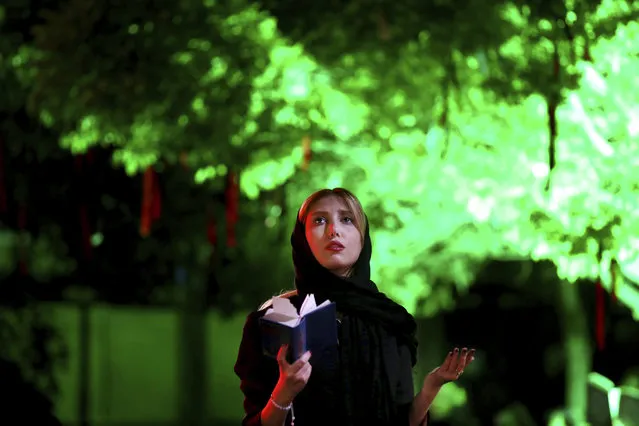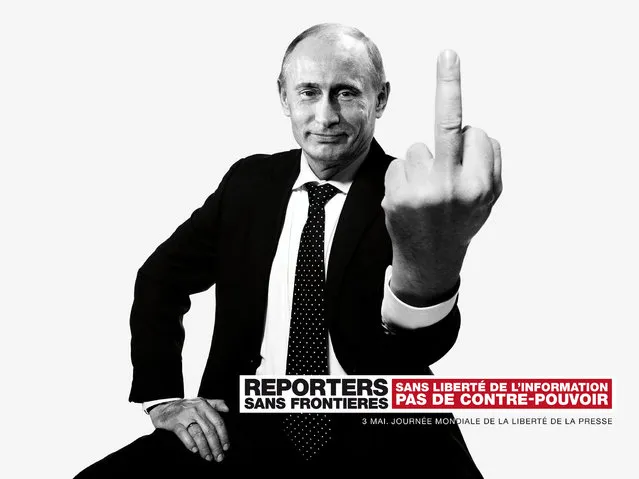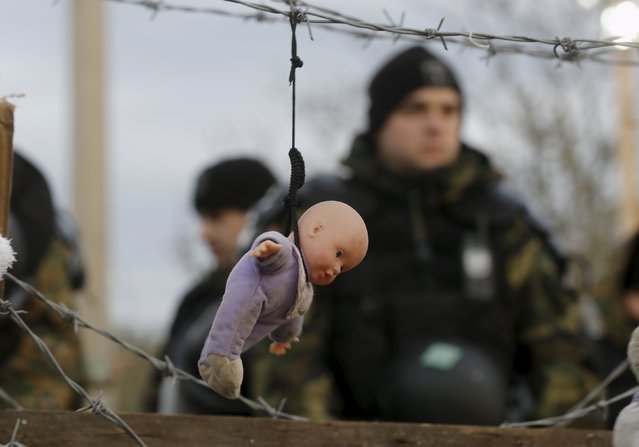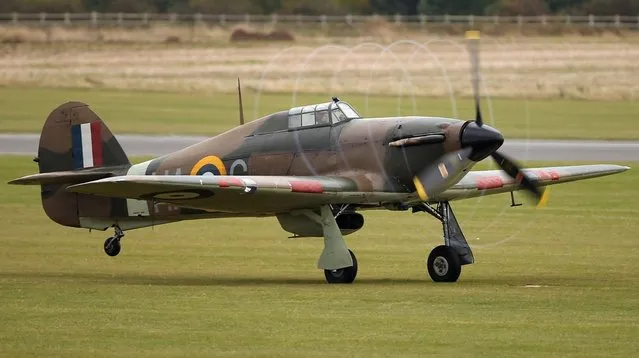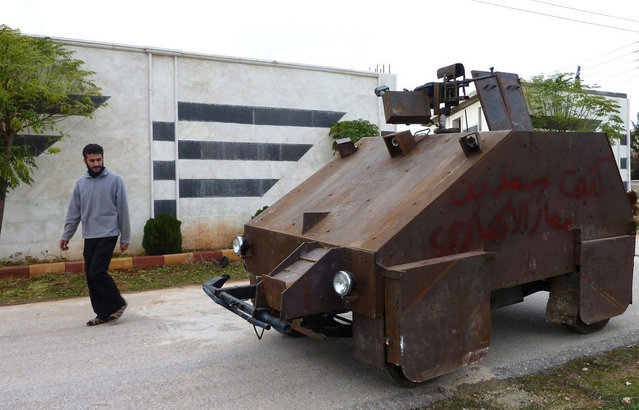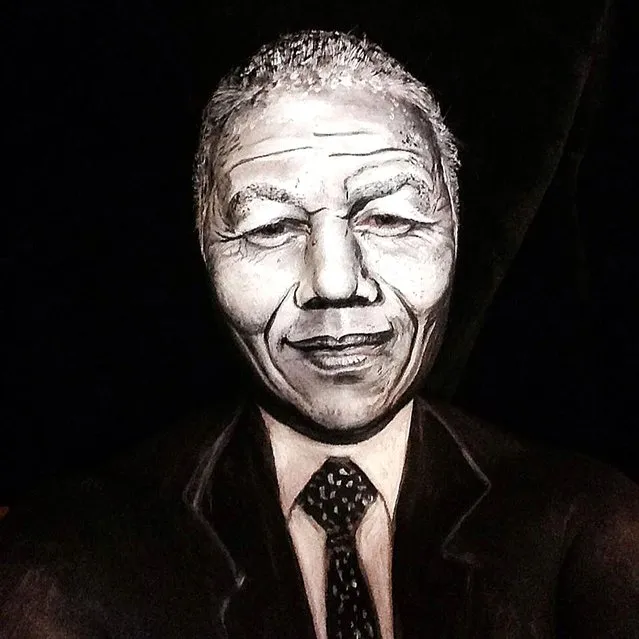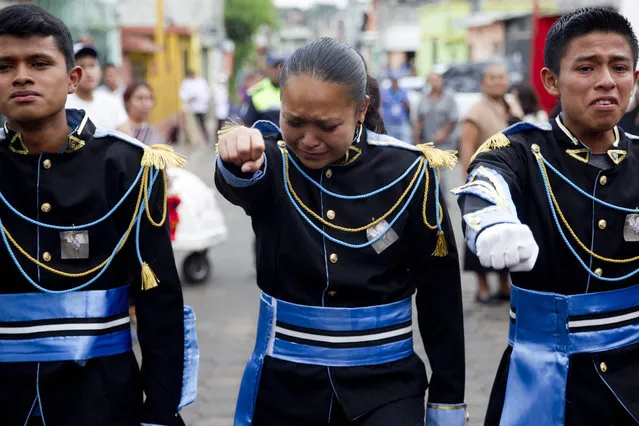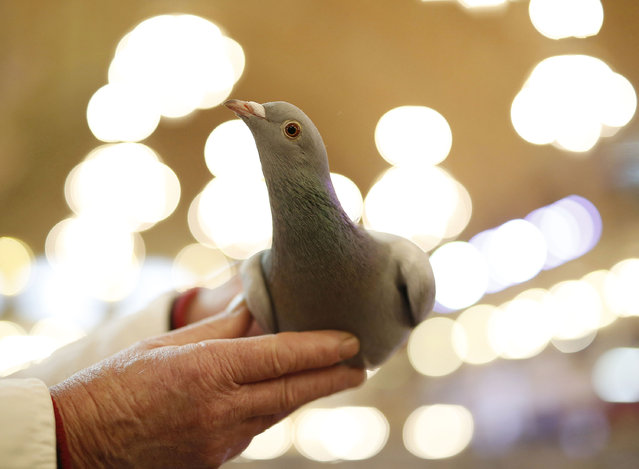
A man holds a pigeon during the British Homing World show of the year at Blackpool's Winter Gardens in Blackpool, north west England on January 17, 2016. Homing pigeon fanciers from across Europe gathered to find the Supreme Show Champion with judges casting their eyes over hundreds of birds on show. The Royal Pigeon Racing Association organises the event and has Queen Elizabeth II, who keeps pigeons at Sandringham, as its patron. (Photo by Andrew Yates/Reuters)
19 Jan 2016 08:02:00,post received
0 comments

